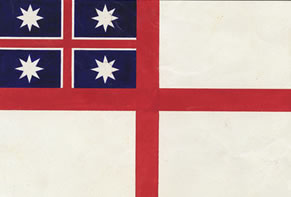Person
|
Pulling Power
|
Land Owner
|
Land to buy and sell for profit
|
Missionary
|
Churchless People
|
Escaped Convict
|
Place to hide
|
Explorer
|
Unmapped Land
|
Mill Worker
|
Open Spaces
|
Trader
|
Timber and flax resources
|
Invalid
|
Fine Climate
|
Black Sheep of the Family
|
Place for banishment
|
Farm Labourer
|
Land for a farm
|
Whalers and Sealers
|
Miles of coastline
|
Merchant
|
Investment opportunities
|
Name
|
Yes/No
|
Reason for Decision
|
The Redford family
|
No
|
Too many children
|
Laura
|
No
|
She’s Single
|
John
|
No
|
He’s single
|
The Water family
|
No
|
Too many children
|
The Bryrd family
|
No
|
Not fit enough
|
Leed family
|
Yes
|
They fit the conditions
|
Henry
|
No
|
He’s single
|
The Paul family
|
No
|
Too many children
|
The Invitation of 1831
- Who sent the invitation? It was sent from the Maori chiefs to Britain.
- Why? 1. The chiefs have special Trade and missionary contacts with Britain 2. They want to be friends with Britain. 3. They want to be saved from threats. 4. The want to be safe from other tribes. 5. They want British people to stop being horrible people
- Who is James Busby? He is a British Resident they sent to NZ
- Where was Busby's house? Where the treaty was signed
- What was his job?
- Who was William Williams and what did his translations mean?William Williams is the translator between Maori and British and the translation tells the Maori that they hope to be undisturbed.

- The flag was called The Flag of the Independent Tribes of New Zealand.
- It was raised with the British flag and given a 21 gun salute by the Alligator, the man of war in the harbor. This indicated to the chiefs that New Zealand was an independent country with an association or friendship with Britain.
- The flag was recognized by King William IV of Britain. This indicated to the chiefs that Britain had recognized the tino rangatiratanga of the chiefs.
- It gave New Zealand-built ships a flag to fly which let their cargo go duty free into foreign ports. Busby arranged for New Zealand-built ships to be registered in the name of The Independent Tribes of New Zealand.
- It was also flown on land, especially at the Bay of Islands.
- After the signing of the Treaty of Waitangi, the Union Jack took its place. But the 1834 flag was still used. In 1840, for example, the European settlers in Wellington from the New Zealand Company refused to recognize authority in Auckland and flew the flag of The Independent Tribes of New Zealand.
- The flag was always important to the Maori. In 1902 there was a petition to Parliament asking that the flag given to the Maori chiefs of New Zealand by King William IV be kept as the standard of New Zealand.
- The flag got renewed.
No comments:
Post a Comment
Note: only a member of this blog may post a comment.